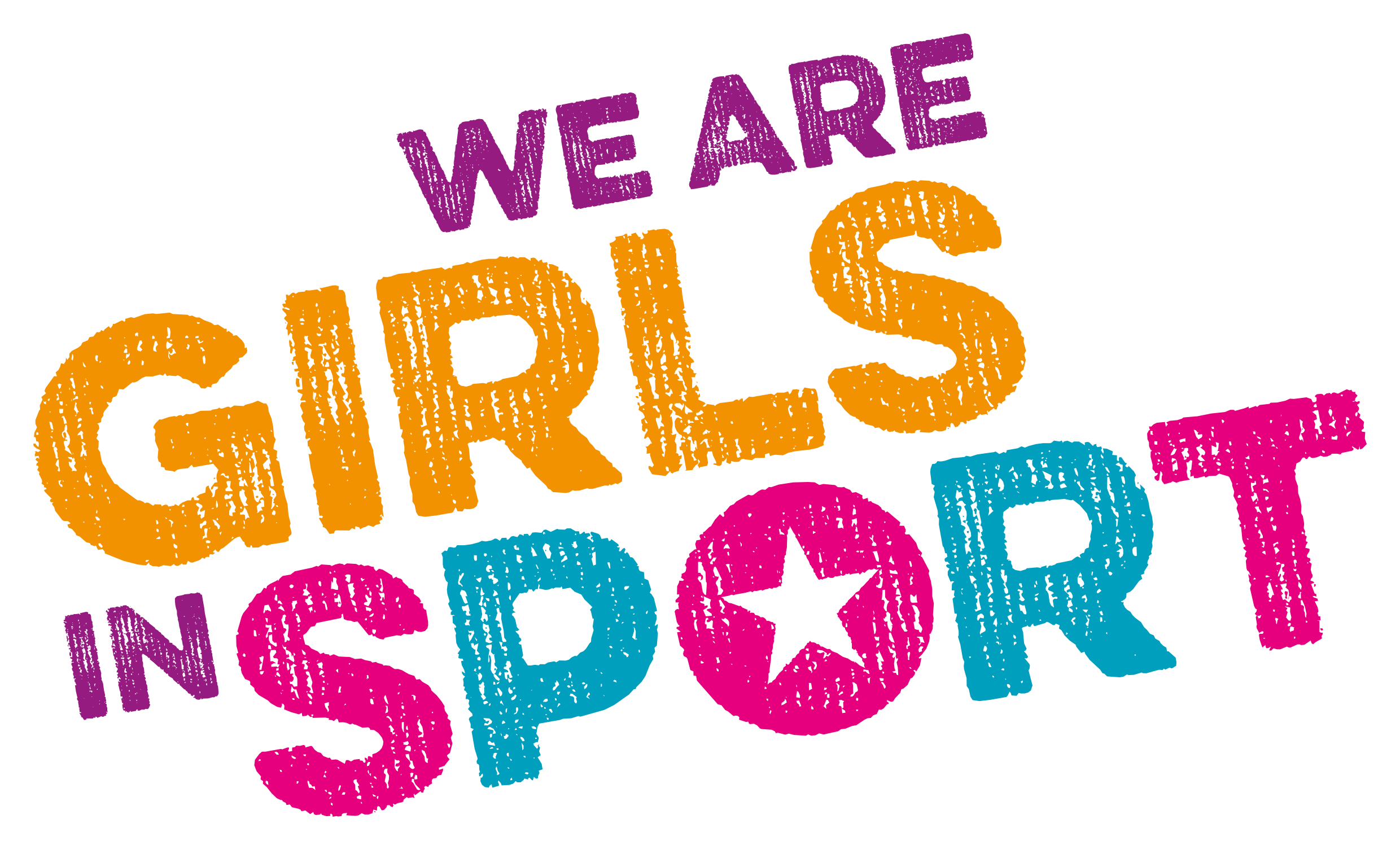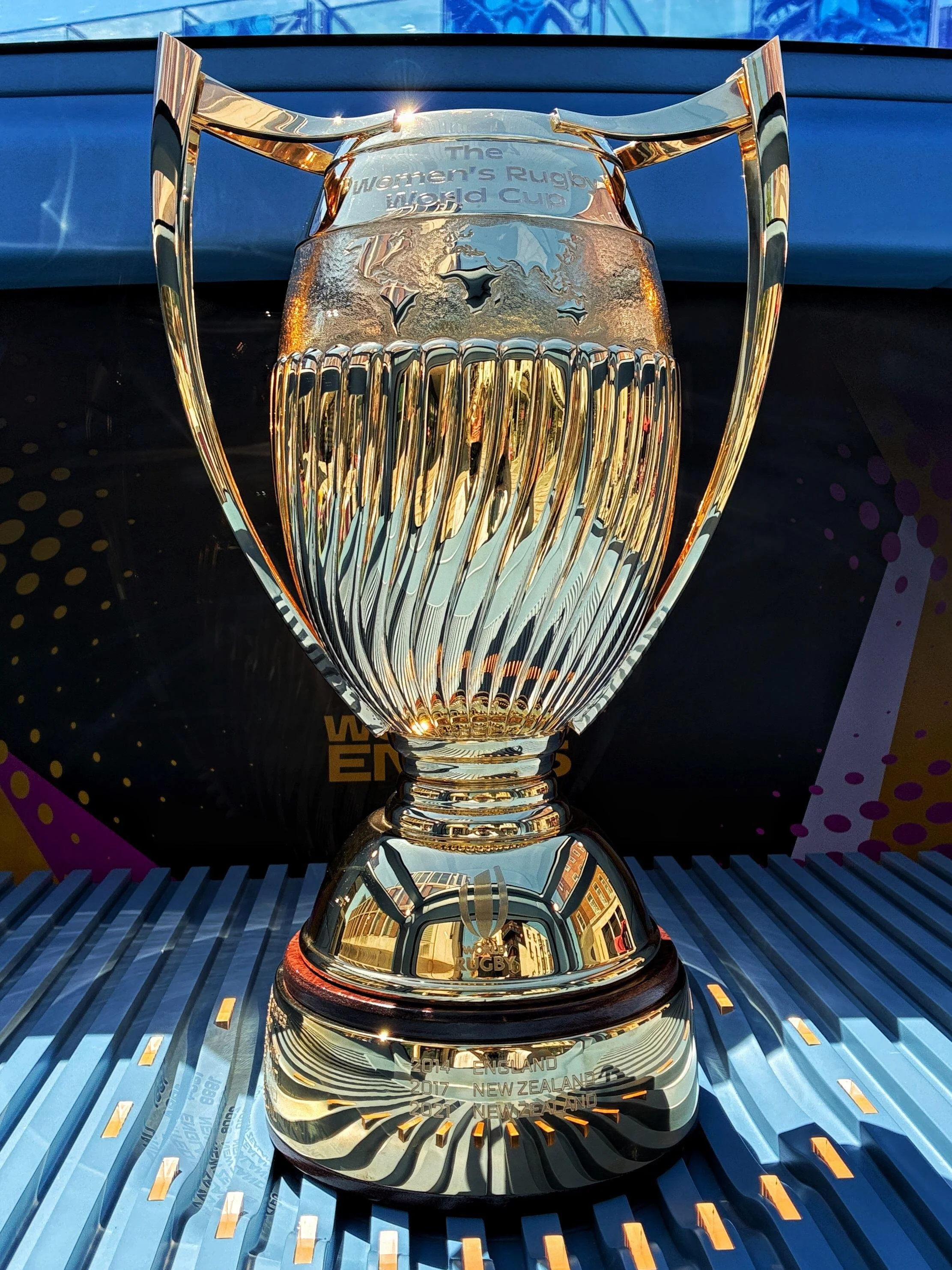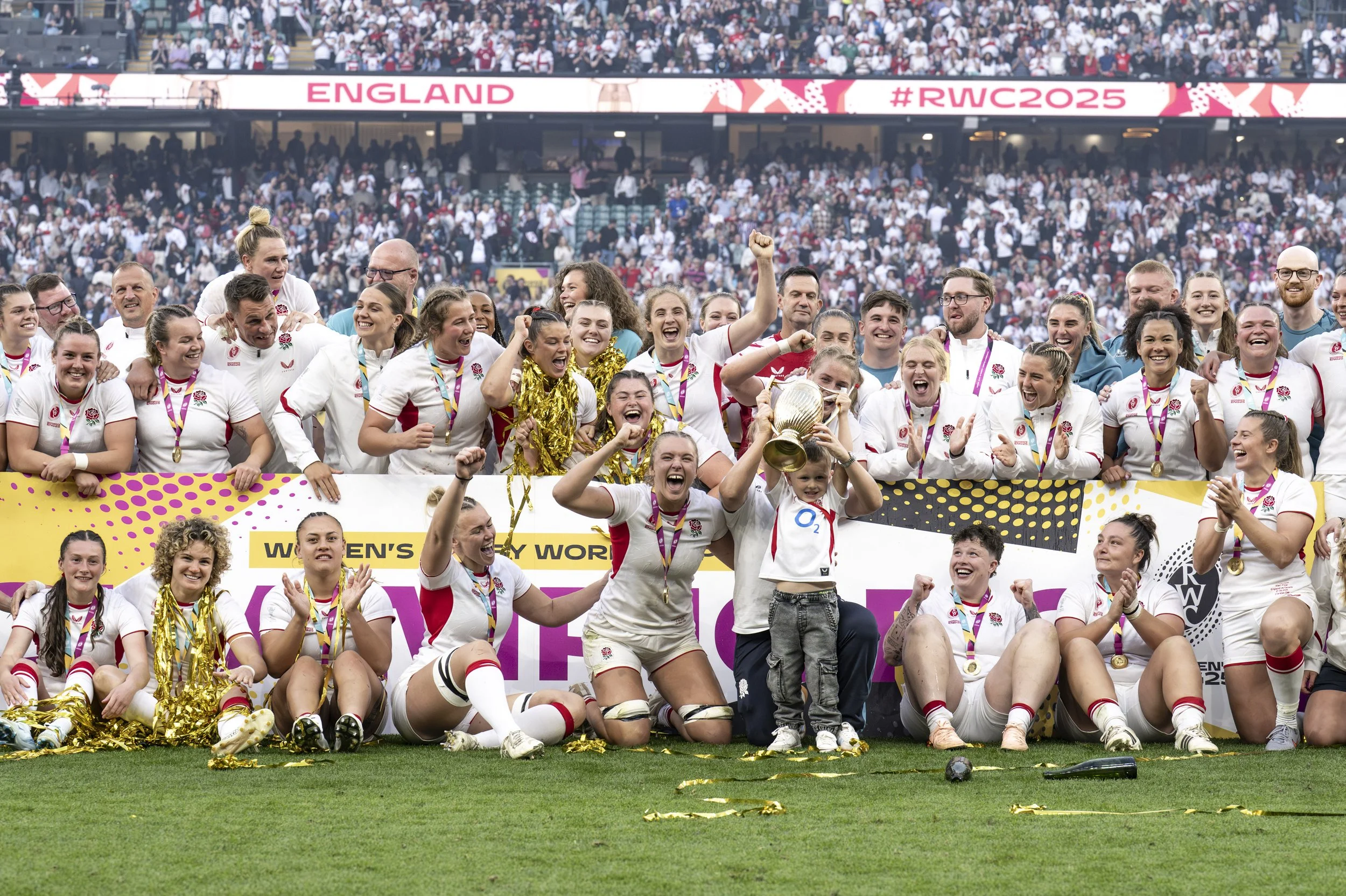Heave! A positive push across the line for rugby union
You probably feel as though rugby has been across all your socials for weeks now but humour us just a little bit longer as there have been some exciting developments including the signing of a ground breaking declaration and changes to the WXV.
And just so you know, everything here relates to rugby union. The other form of rugby or rugby ‘code’ is rugby league and that has its own leagues, teams and competitions.
Rugby World Cup Success
First, let’s just quickly recap on the huge success of the Rugby World Cup – yeah, we’re having withdrawal symptoms!
The tournament was extended to 16 teams for the first time and the RWC committee ensured that everyone in England was within a two-hour drive of a match venue.
And England fans and those from 132 other countries (132!!) turned out in their thousands to watch athletes from around the world battle it out.
50% of attendees were female and 50% were new to rugby. 5.8million people watched the final on TV.
It was a record-breaking tournament and the growth of the sport in the last four years is remarkable: 140,000 tickets were sold in New Zealand for the last World Cup compared to 440,000 this year. That’s a whopping 300% + increase.
On top of all of that, there was an increase in corporate hospitality and sponsorship.
Congratulations to the organising committee and all at World Rugby and the Rugby World Cup – it was an unforgettable tournament.
Image: Alamy
The Brighton Plus Helsinki Declaration
On 26 September 2025, World Rugby signed the Brighton Plus Helsinki declaration.
What is the Brighton Plus Helsinki declaration?
In 1994, the Brighton declaration was created and in 2014, this was updated to the Brighton Plus Helsinki declaration thanks to the International Working Group on women and girls in sport.
There are ten principles detailed here with a brief description from the Declaration.
1. Equity and Equality in Society and Sport
“Equal opportunity to participate and be involved in sport and physical activity, whether for the purpose of leisure and recreation, health promotion or high performance, is the right of every woman, whatever her race, colour, language, religion, creed, sexual orientation or identity, age, marital status, ability/disability, political belief or affiliation, national or social origin.”
2. Facilities
“The planning, design and management of these [facilities] should appropriately and equitably meet the particular needs of women and girls in the community, with special attention given to the need for childcare provision, safe transport and safety during participation and performance.”
3. School and Youth Sport
“Those responsible for sport, education, recreation and physical education of young people should ensure that an equitable range of opportunities and learning experience, which accommodate the values, attitudes and aspirations of girls, is incorporated in programmes to develop physical literacy and basic motor skills of young people.”
4. Developing Participation
“Those responsible for delivering sporting opportunities and programmes should provide and promote activities which meet women’s needs and aspirations during their whole lifespan from childhood to elderly women.”
5. High Performance Sport
“Governments and sports organisations should provide equal opportunities for women to reach their sports performance potential by ensuring that all activities and programmes relating to performance improvements take account of the specific needs of female athletes, and that these are built into sustainable infrastructures for developing sports performance.”
6. Leadership in Sport
“Women remain under-represented in the leadership and decision making of all sport and sport related organisations. Those responsible for these areas should develop policies and programmes and design structures which increase the number of women coaches, advisers, decision makers, officials, administrators, and sports personnel at all levels, with special attention given to recruitment, mentoring, empowerment, reward, and retention of women leaders.”
7. Education, Training and Development
“Those responsible for the education, training, and development of female and male coaches and other personnel, as well as managers and leaders in the delivering sport and physical activity should ensure that education processes and experiences address issues relating to gender equity and the needs of female athletes, including a safe and secure environment, equitably reflect women’s role in sport and physical activity and take account of women’s leadership experiences, values and attitudes.”
8. Sport Information and Research
“Those responsible for research and providing information on sport should develop policies and programmes to increase knowledge and understanding about women and sport and ensure that research norms and standards are based on research on women and men.”
9. Resources
“Those responsible for the allocation of resources should ensure that support is available for sportswomen, women`s programmes and special measures to advance this Declaration of Principles.”
10. Domestic and International Cooperation
“Government and non-government organisations should incorporate the promotion of issues of gender equity and the sharing of examples of good practice in women and sport and physical activity policies and programmes in their associations with other organisations, within both domestic and international arenas.”
To read about these in more detail, check out the IWG page here.
Why does this declaration matter to rugby?
This is a big development for rugby as it demonstrates the sport’s commitment to women, equality and equity, opportunity, education and competition. It brings rugby in line with other sports such as F1A, FIFA and the International Olympic Committee and means that women and girls can expect more.
This declaration makes rugby accountable to women, girls and their allies. Let’s see how rugby across the world develops.
Rugby’s new WXV competition
The WXV competition was announced in 2021 and due to a delay caused by the COVID pandemic, it began in 2023.
Image: Suze Eyles via Alamy
The original WXV format
The original format was three tiers or leagues, featuring six teams each: WXV1, WXV2 and WXV3. The teams were chosen from existing competitions such as the Women’s Six Nations and Women’s Pacific Series and the matches took place in three destinations around the world: the 2023 competition was held across Canada, Dubai and South Africa.
There was promotion and relegation between the tiers and places for the RWC 2025 were up for grabs. It was an annual tournament with a break in 2025 for the (record-breaking) rugby world cup that we all just witnessed.
The new 2025 WXV format – the WXV Global Series
In September 2025, World Rugby expanded the WXV format to create the WXV Global Series, establishing a two-tier, three-year system running from 2026–2028, involving the top 18 national teams.
This expansion means there’ll be more than 100 cross-regional matches and acts as a direct qualification pathway for the 2029 Women’s Rugby World Cup which will be held in Australia.
The top 12 teams compete in a home-and-away touring model, while teams ranked 13–18 play at a central destination.
What does the new format mean for rugby?
It’s women’s rugby on a global scale – more opportunities for fans, old and new, to watch live rugby.
Greater investment in the game leads to greater revenue that can be ploughed back into the game at elite and grassroots levels.
Improved, structured competition for leading and developing rugby nations creates a variety of competition.
The structure means that teams can plan accordingly and ensure player welfare.
There’s a fair and transparent route to the next World Cup. These games will contribute to qualification.
So there’s a lot to look forward to in world rugby and some positive developments to ensure equality and equity in the sport.


